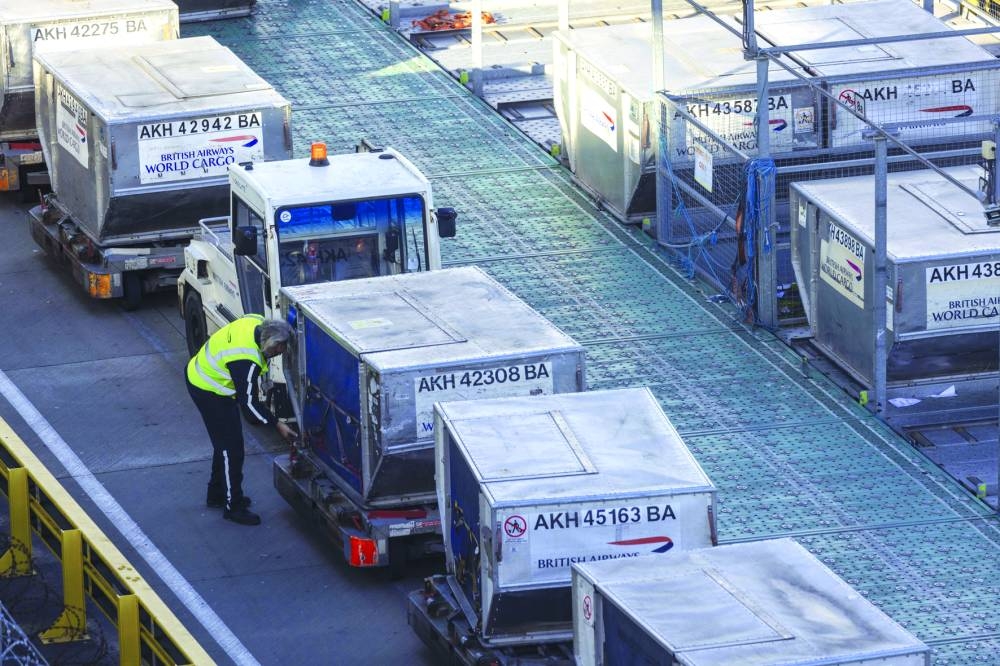Global air cargo traffic continues to grow strongly due to trade growth, burgeoning e-commerce and capacity constraints in ocean transport. According to the latest data from the International Air Transport Association (IATA), the air cargo market around the world has maintained double-digit growth year-on-year so far this year. Total demand, measured in cargo tonne kilometres (CTK), increased by 14.7% compared to May 2023 (15.5% increase in international operations). This is the sixth consecutive month of double-digit growth year-on-year, according to IATA. Capacity, measured in available cargo tonne kilometres (ACTK), increased by 6.7% compared to May 2023 (10.2% increase in international operations). According to IATA, air cargo demand in May increased significantly across all regions. The sector benefited from trade growth, burgeoning e-commerce and capacity constraints in ocean transport. Middle Eastern airlines saw air cargo demand increase by 15.3% year-on-year in May. The Middle East and Europe market performed particularly well, growing 33.8% year-on-year, outpacing the Middle East and Asia, which increased 18.6% year-on-year. Capacity increased 2.7% year-on-year in May. Asia Pacific airlines saw air cargo demand increase 17.8% year-on-year in May. Demand on the Africa-Asia trade route increased 40.6% year-on-year, while the Europe-Asia, intra-Asia and Middle East-Asia trade routes increased 20.4%, 19.2% and 18.6%, respectively. Capacity increased 8.4% year-on-year. Trade growth is clearly reflected in the latest figures, with industrial production, a measure of the amount of output generated by industrial sectors such as mining, manufacturing and utilities, recording a modest increase of 0.5% month-on-month. Compared to 2023, the index shows expansion with an annual growth rate of 2.7%, indicating a continuation of the gradual upward trend seen over the past few years and also consistent with the pre-pandemic trend (2012-2019). Global cross-border merchandise trade also showed expansion of 1.5% and 1.8% month-on-month and year-on-year, respectively, in April. Notably, April marked the second consecutive month of positive annual growth since February 2024. This is an encouraging signal in a tense business environment that continues to be affected by inflation, supply chain disruptions, geopolitical tensions, and increasing cross-border trade restrictions. The Purchasing Managers' Index (PMI) measures economic trends in the manufacturing and services sectors. For example, a PMI above 50 indicates that more purchasing managers expect their business to grow compared to the previous month, while a reading below 50 indicates that fewer purchasing managers have that outlook. Notably, the manufacturing output and new export orders PMIs are two leading indicators of global air freight demand. The New Export Orders PMI, an indicator that can be understood as a measure of the perceived health of international trade, showed an expansion, at 50.4 points in May (down from 50.5 in April). IATA noted that this is the second optimistic reading after the global indicator surpassed the crucial 50-point benchmark for the first time in more than two years in April. This represents an encouraging signal that is consistent with the aforementioned (April) upward development in global merchandise trade. In terms of regional outlook, China and the United States maintained their optimistic outlook for new export orders last month, as they have for most of 2024. Meanwhile, indicators for Europe and Japan maintained signs of contraction, although Europe showed its smallest contraction since the beginning of 2022. IATA Director General Willie Walsh said, “Air cargo demand rose sharply across all regions in May. The sector benefited from trade growth, surging e-commerce and capacity constraints in maritime shipping. The outlook remains broadly positive, with purchasing managers expecting future growth.” However, there may be some slowdown as the US imposes tougher conditions on e-commerce deliveries from China. Rising costs and transit times for shipments below $800 could alienate US consumers and pose a major challenge to the growth of the world's largest Asia-North America trade route.” Pratap John is Business Editor, Gulf Times. Twitter handle: @PratapJohn


